
Data Rate:
56GWavelength:
850nmDDM:
YesProduct Origin:
ChinaShipping Port:
ShenzhenBrand:
ETU-LINK
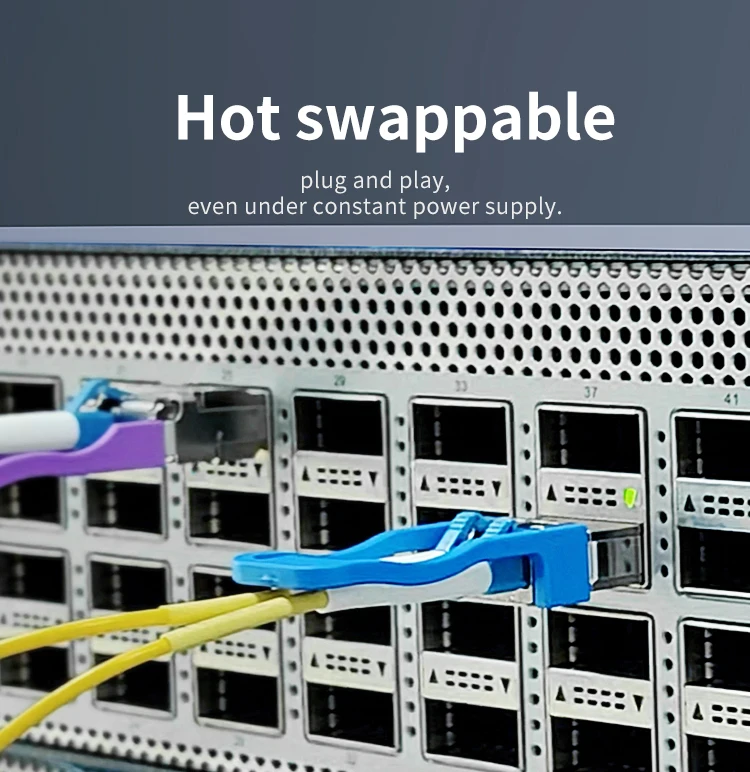
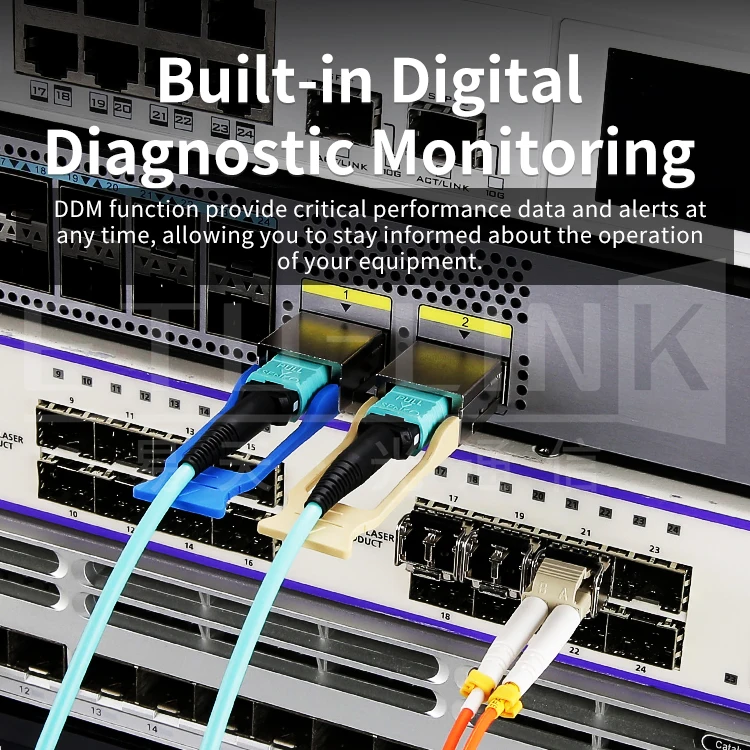


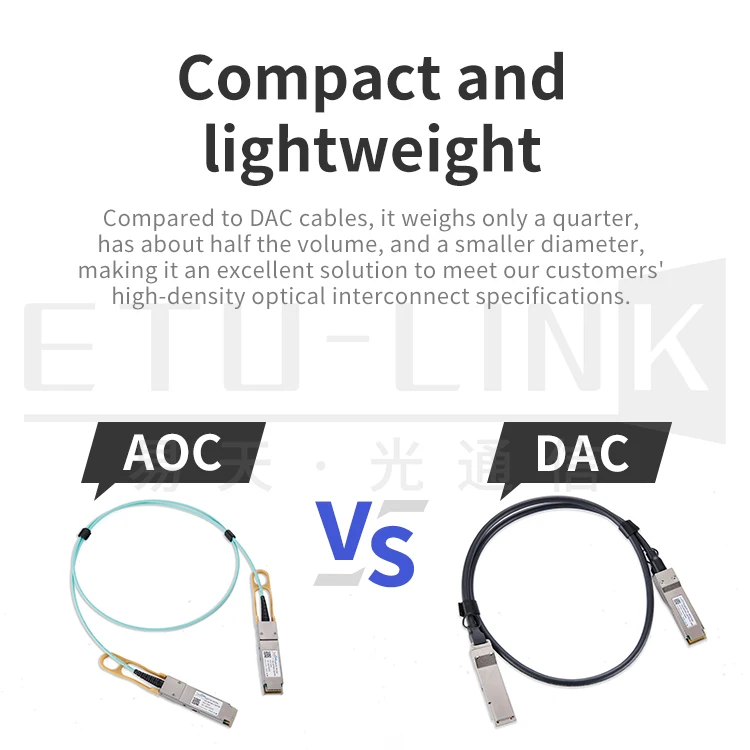
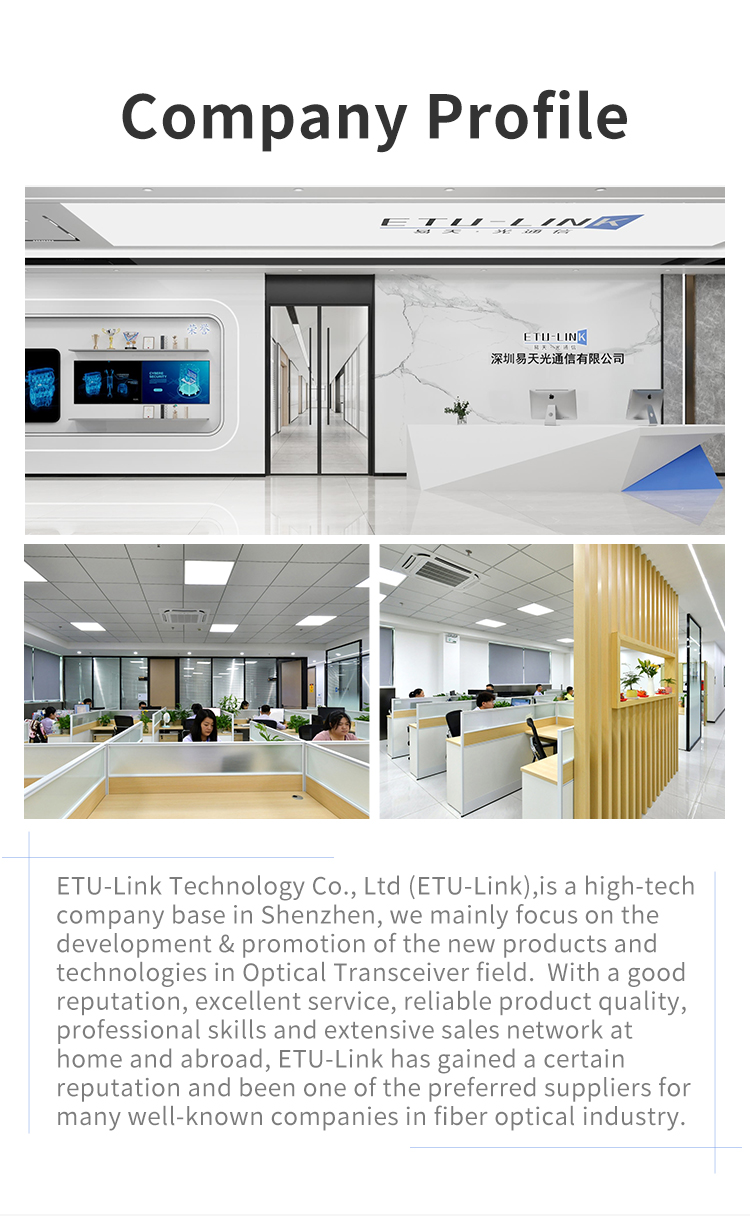
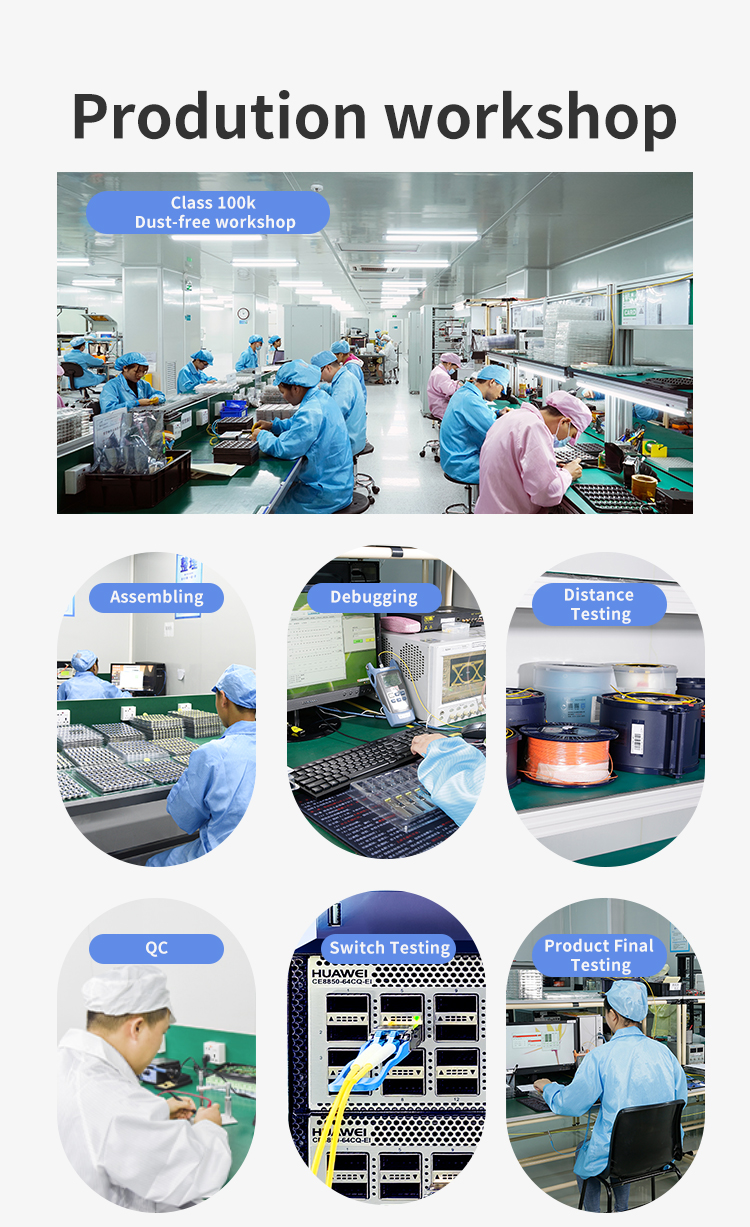
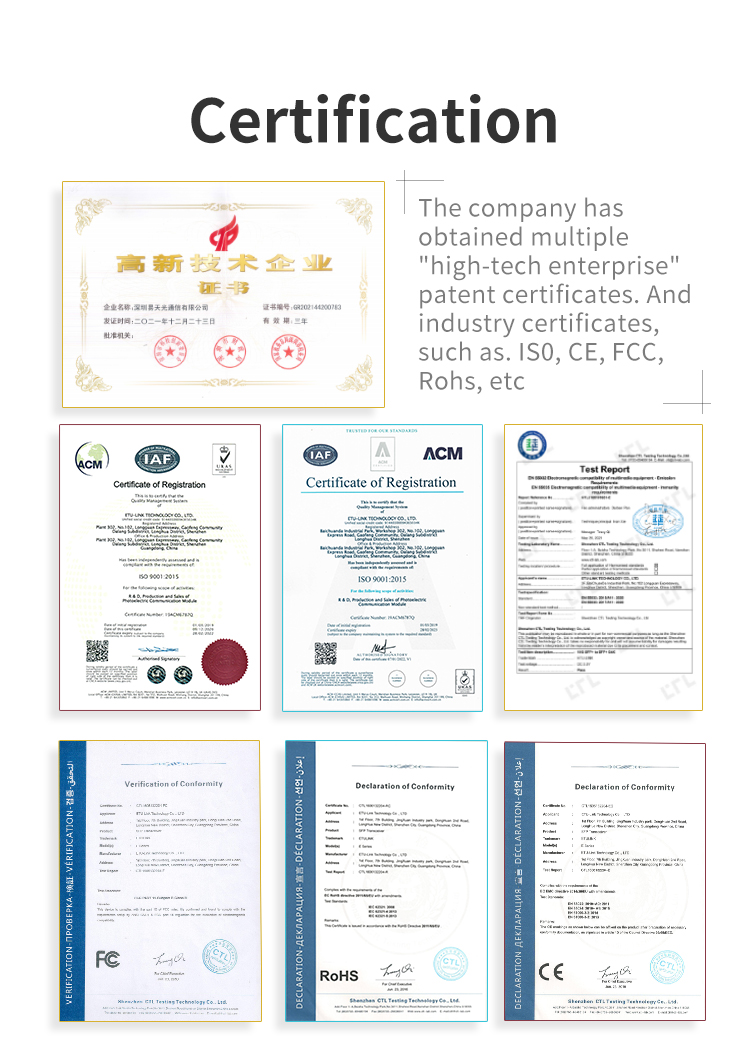
FAQ:
Q1: What is an Active Optical Cable (AOC) and How Does It Work?
A1: An Active Optical Cable (AOC) integrates fiber optic technology with built-in transceivers to deliver high-speed data transmission (10G-400G) without separate optical modules. Unlike traditional fiber patch cables, AOCs offer plug-and-play simplicity for data center interconnects.
Q2: Why Choose AOC Over DAC for Data Center Networking?
A2: AOC cables outperform Direct Attach Copper (DAC) in four key ways: longer reach (up to 100m vs 7m), EMI immunity, lower power consumption (30% less than active DAC), and lighter weight - critical for high-density 100G/400G deployments.
Q3: What Are the Maximum Speeds Supported by Modern AOC Cables?
A3: Today's AOC solutions support:
10G/25G (SFP+/SFP28)
40G/56G (QSFP+)
100G (QSFP28)
200G/400G (QSFP-DD/OSFP)
Perfect for hyperscale data centers upgrading to 400G Ethernet.
Q4: What's the Maximum Reliable Distance for QSFP28 AOC Cables?
A4: Standard 100G QSFP28 AOCs reliably transmit up to 100m (OM4 fiber), with premium models reaching 300m - ideal for campus data center interconnects and HPC clusters.
Q5: How Do AOC Cables Reduce Data Center OPEX?
A5: Three OPEX advantages:
40% lower power than copper alternatives
Zero maintenance (no signal degradation)
60% lighter weight reduces cooling costs
Q6: Can I Use QSFP+ AOC for Breakout to SFP+ Connections?
A6: Absolutely! Our QSFP+ to 4x SFP+ breakout AOCs enable:
Cost-effective 40G migration
Flexible spine-leaf architectures
Simplified cable management
Q7: Do AOC cables require special maintenance?
A7: No, AOC cables are durable, require no signal conditioning, and are more resistant to environmental factors than copper cables, reducing maintenance needs in data center environments.
Q8: Can AOC cables be used for breakout configurations?
A8: Yes, our QSFP+ to 4x SFP+ AOC breakout cables enable flexible 40G to 10G migration paths for cost-effective network upgrades.
Q9: How do AOC cables compare to traditional optical transceivers?
A9: AOC offer plug-and-play simplicity by eliminating separate transceivers, reducing points of failure while maintaining the benefits of optical transmission.
Q10: Are AOC cables compatible with major switch brands?
A10: Yes, our AOC cables are MSA-compliant and work with major networking equipment brands for seamless 40G/100G connectivity.
If you are interested in our products and want to know more details,please leave a message here,we will reply you as soon as we can.
Categories
© Copyright: 2025 ETU-Link Technology CO ., LTD All Rights Reserved.

IPv6 network supported
Friendly Links:
易天官网